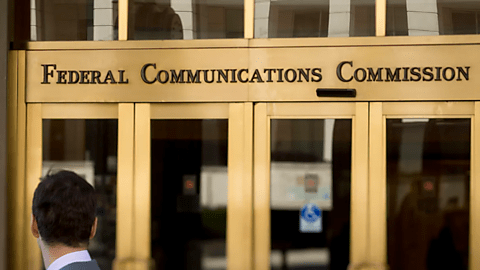Usually, when some government proposal is floated in D.C., it should be evaluated with careful, sober policy analysis. But in the case of the Federal Communications Commission’s new “net neutrality” push to more‐or‐less reinstate regulations that were repealed a half‐decade ago, an old internet meme suffices:
If you don’t remember net neutrality, it prohibited internet service providers (ISPs) from treating some data streams differently than others, typically by either charging more or limiting the delivery speeds for, say, high‐definition movies from outside the ISP. Regulation supporters claimed that all data streams should be treated the same. ISPs and other internet infrastructure providers responded that if they were to provide more and better services for heavy users, they should be able to charge those users higher prices or moderate their use.
Net neutrality supporters predicted that, if the internet companies got their way, disaster would result. Among the foretold parade of horribles: the rise of a vicious ISP cartel, wide‐ranging internet censorship and loss of privacy, and the end of internet innovation and perhaps even the internet itself. For a sense of these apocalyptic visions, check out some editorial cartoons from the time.
But the internet companies won the political fight, net neutrality was repealed and … the World Wide Web continued on. In fact, most users didn’t realize that anything had changed. And a few years later, when a large chunk of American life suddenly moved online because of the COVID pandemic, the nation had a more built‐out internet to handle the flood of electronic commerce, virtual education, and home entertainment.
Unfortunately, policymakers often do not react rationally when their ideas are disproven by reality; hence the FCC’s new net neutrality push. The same thing is happening at the Federal Trade Commission and the Justice Department’s Antitrust Division, where policymakers are undaunted by their string of false predictions of doom from specific corporate mergers and acquisitions.
To learn more about net neutrality, see this summary of articles on the topic that have appeared in my journal, Regulation, and the work of my Cato colleagues.

